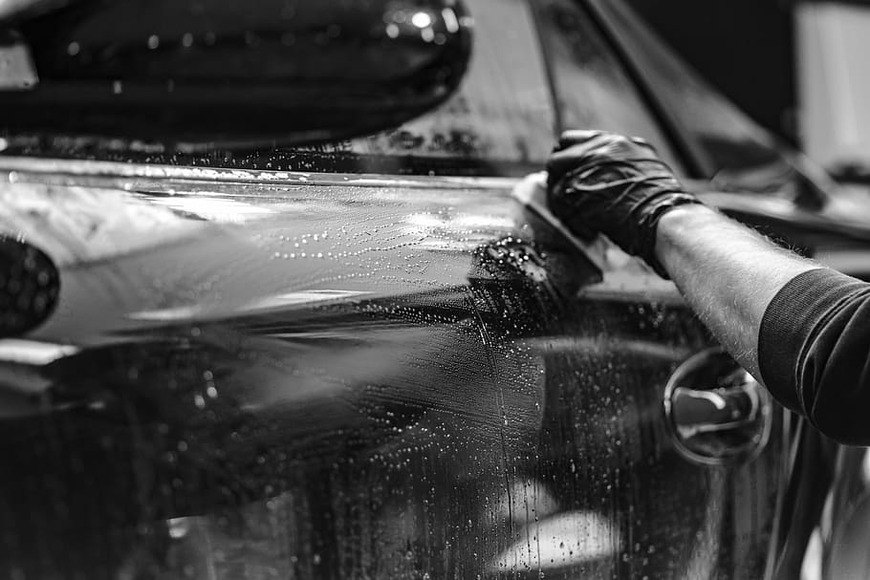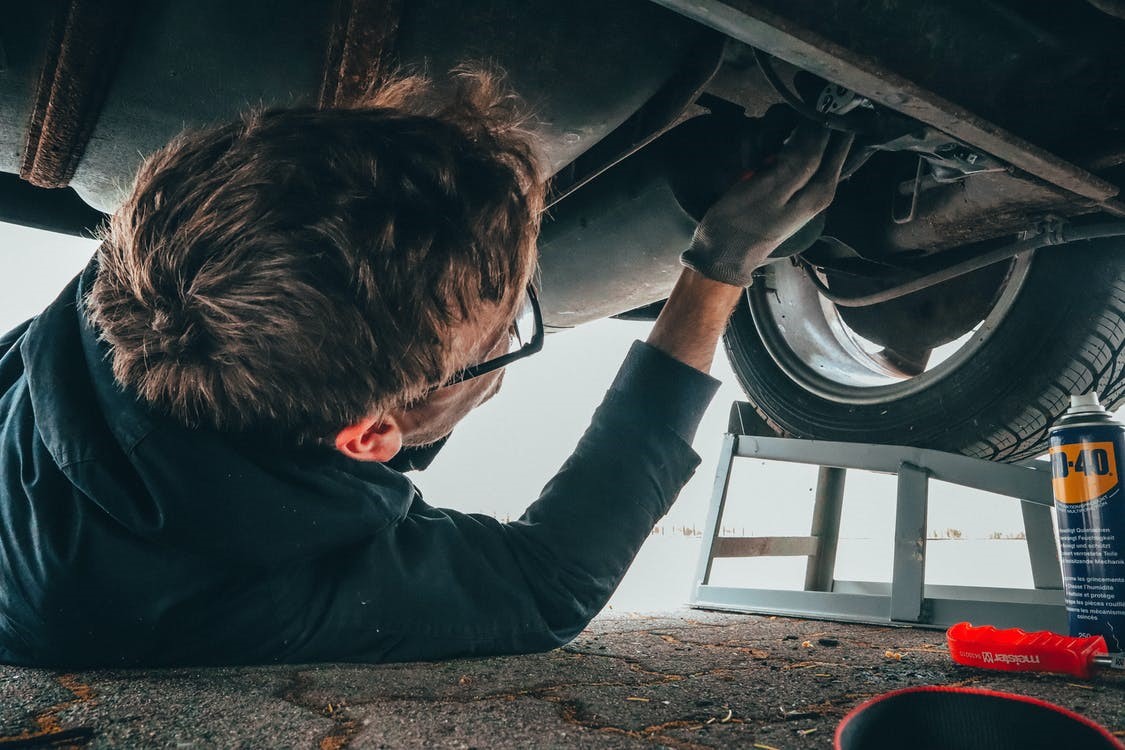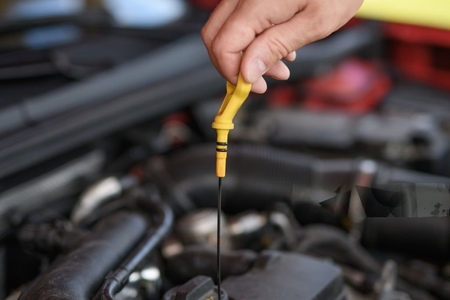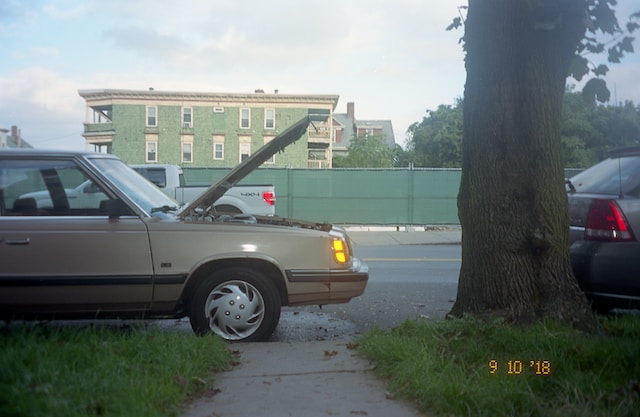Equipment Needed For A Car Wash
The first step is to gather your equipment together and ensure that you have enough time for the job. The things you need for car washing are a bucket, microfibre wash mitt, two sponges (one soft, one tougher), hosepipe with a trigger nozzle, and shampoo mixed up in a separate bottle. Try sticking to this set if possible. It makes for an easy consistent process that should give great results every time.Now we’ll look at how to make the best use of these things, and products to get your car clean inside and out at the same time. First, we need to consider what order to do things in. The order in which we recommend washing your car is fairly arbitrary, depending on the amount of time you have, and the tools at hand. For example, if using a pressure washer, it would be advisable to wash the wheel arches, separately with a sponge before applying wheel cleaner or shampoo behind them. If you don’t have this luxury then just follow the steps below.
Washing A Car Efficiently
Wash wheels first using wheel cleaner Spray rear arches and back panel with water to clean them before washing body Spray front panel, grill, and windows with water. Don’t spray directly onto panels yet quickly inspect the car for any missed dirt, wheels, etc. Wash the front panel, grill, and windows; ensure you leave no soap marks on paintwork or glass Clean mirrors at this stage. Remove all suds from body panels by spraying again with the hose pipe. Apply shampoo before suds dry. Rinse the shampoo off thoroughly. Close roof if wet inside. Wipe down the front grill area. Wipe headlight lenses. You can now choose to dry the car, and after drying apply a layer of wax.How Frequently Should We Wash Our Cars
Keep all paintwork and windows clean by washing at least monthly. Typically we recommend that you don’t use too much force when washing your car. It can damage lighter paint finishes, or lead to swirl marks on darker paints. These marks, as is well known in the detailing world, are caused by incorrect washing or cutting through previous layers of polish/wax with your wash mitt or sponge.So what do we mean by not too much pressure? The best way to think about this is not to let your wash mitt contact the paintwork at all during your washes, just touch lightly against it. This is where the bucket comes in. Water is your best friend when washing your car. It can be very satisfying to see the dirt just run off the paintwork into the bucket, with no effort required on your part!
You don’t need any special liquids at all, just clean water. If you have a second bucket for rinsing then it’s much better as it will save your time and, stop contamination of the soap bucket. If there’s one thing that’s worth spending money on in-car detailing, it’s microfiber towels. These are made from synthetic materials which are extremely soft and free from oils or detergents that could damage paintwork finishes.
Microfibres are also excellent for drying the car because they don’t leave lint or streaks. You should have at least one microfibre wash mitt, and one sponge for cleaning body panels. A hosepipe with a trigger nozzle that you can adjust to spray an adjustable cone of water is also essential to gear, as are sponges for wheels, windows, multiple rinsing buckets, and finally wax applicators.
The reason you need two sponges is simple: always use the first on the paintwork only, and save the second for wiping dirt off other parts of your car without scratching them or leaving smears behind. Shampoo mixed in a separate bottle will make it easier to control how much liquid goes onto your car – too much and you’ll have to spend an age rinsing it off.
A small touch less pressure washer will also save time as will a microfiber drying towel that can be easily stored in the boot or back seat. If you have access to all of this, then your car should stay clean for longer, and could even last up to six months between regular washes. But always use soap sparingly. The best advice for keeping your paintwork in good condition is simply to keep it clean with soapy water.




